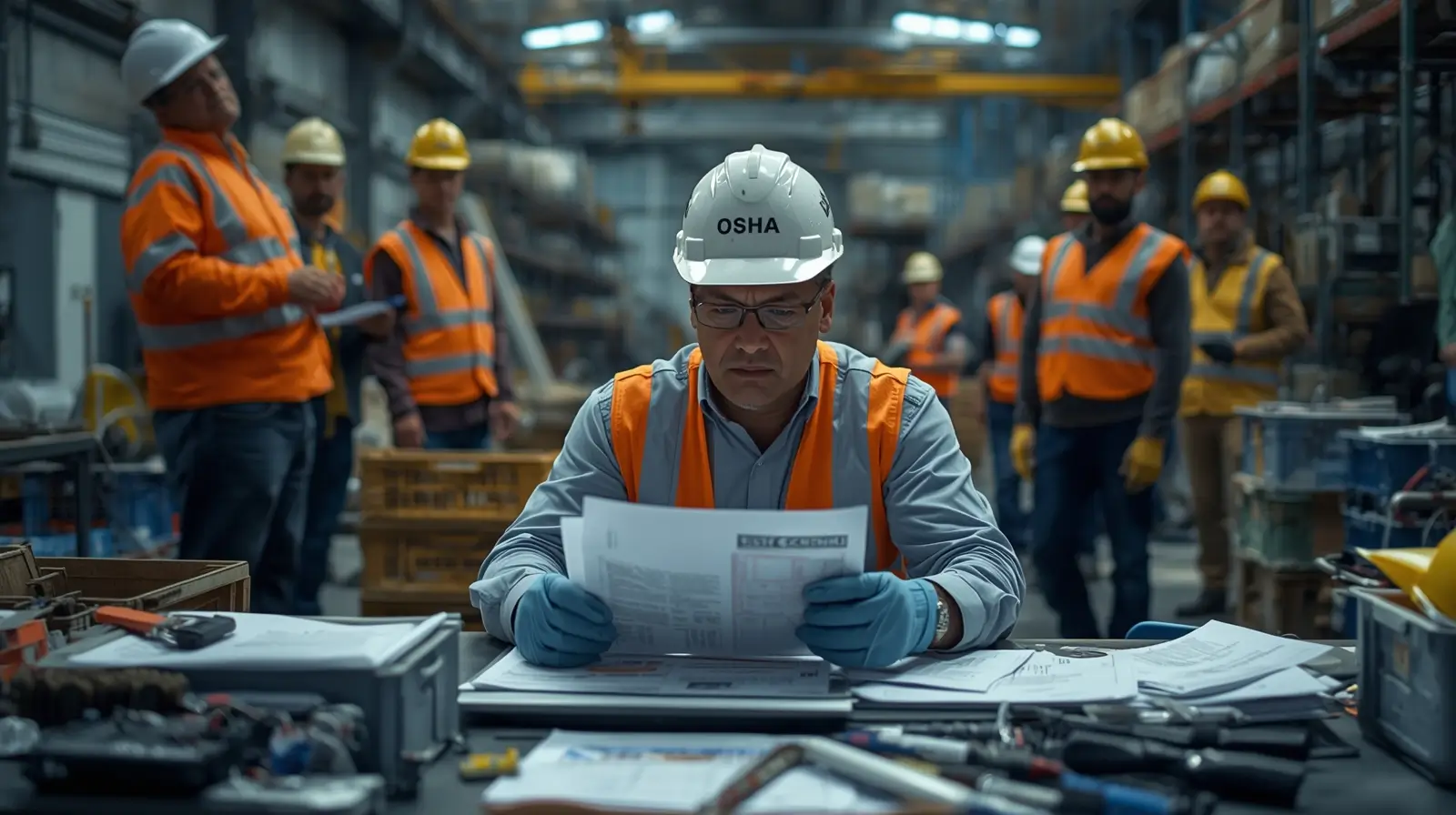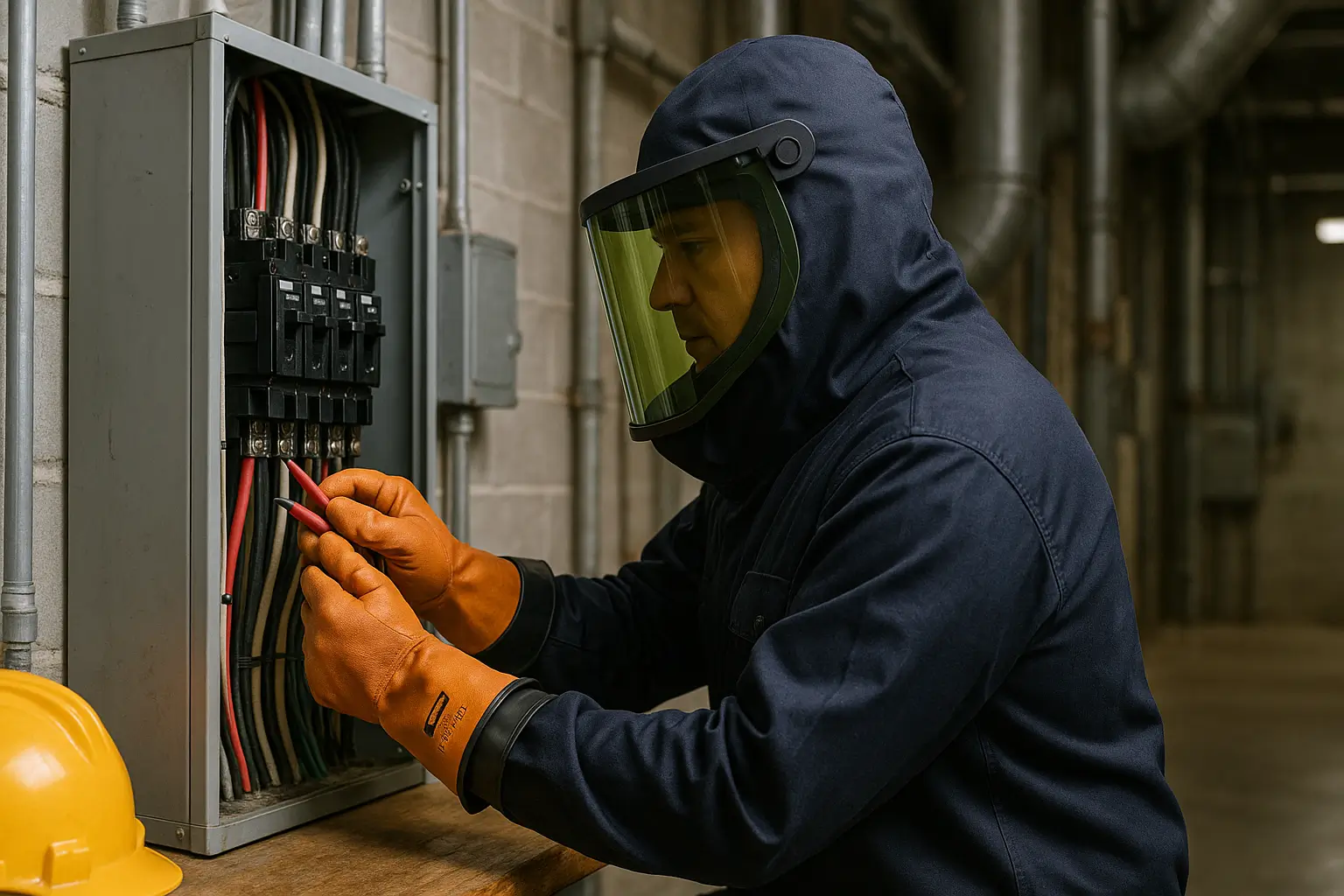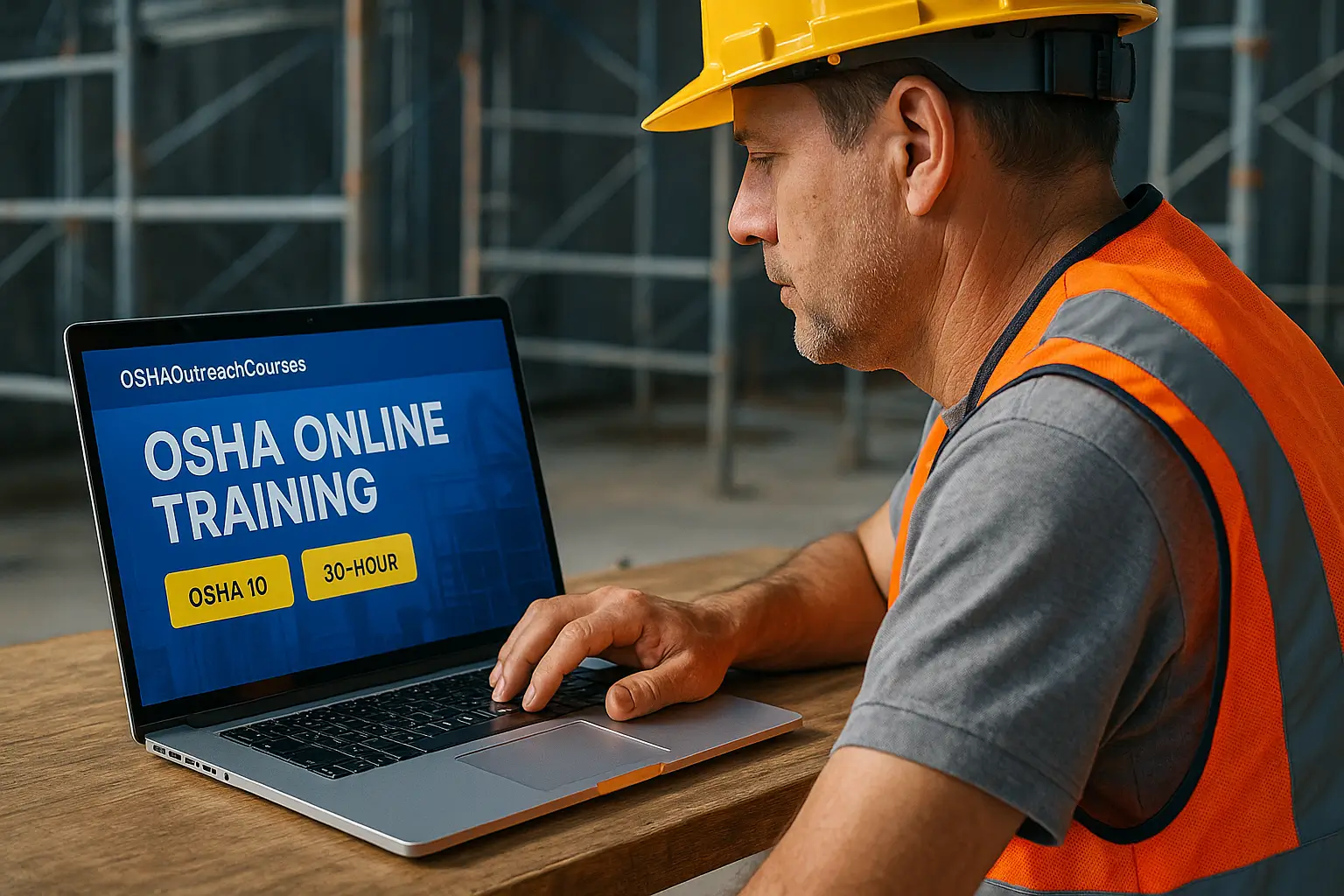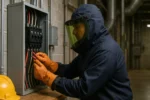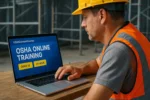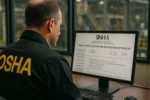Occupational safety leadership is a task that saves workers’ life, OSHA penalties, and are responsible for individuals focusing on the safe execution of a process or project. The role of a Safety Manager is both essential and significant. In order to have good safety procedures, safety leaders must have a zero-hazard philosophy in the workplace. Since the 30-Hour OSHA training online from OSHA Outreach Courses provides advanced-level education for site safety managers and supervisors about potential site hazards and their preventative measures, enroll yourself now and avail yourself of the OSHA 30 card at reasonable prices.
In this article, we will concentrate on the general key factors for safety leaders to consider when optimizing any workplace. Safety is much more than rule awareness and employee training. The key focus of any safety leader is to foster a safety culture and change employee philosophy when it comes to safety.
A major chunk for all safety leaders in the continuous improvement factor. Including a vast list of procedures such as near misses, process safety kaizen, safety drills, and etc. Rather than protecting workers from risks, exclude risk where possible. While the more seasoned workers do not have any issues with a given situation, new employees are more likely to have an injury. By removing risks, it is easier for newcomers to remain safe.

Communication for Safety Leadership
It is important to maintain open lines of contact with employees. They have a distinct edge of identifying hazards/issues and collaborating to eradicate them. So, maintain contact with them and speak to them often. Walk the room on a daily basis. And, among other things, discover the identities of the workers. Because of their experience of the environment, they may have useful insight into safety rules.
Safety leadership a role model
Employees often look to you for direction. If you are slow in observing safety protocols, they will be sloppy as well. They would be vigilant if you are diligent in following protection protocols. In other words, the acts set a standard for others to imitate. As a result, effective protection administrators set a good example. Still, follow safety guidelines at all times—even while no one is looking.

Praise employees
It is more effective to praise people than to blame them. So, if you see workers observing protection protocols, verbally encourage them. You will improve their self-esteem and inspire them to continue their positive work. Often, aim to persuade executive management to do the same thing and to recognize and encourage staff who do a decent job. It goes a long way when they acknowledge you.
Invest on employees
Make an investment in individuals. It may be something seemingly insignificant, like lending an employee a home protection training video to take home or getting in bottles of “energy drinks” for workers working on an especially hot day. Your investment can far more successfully and positively develop your image with workers than anything else you would do. Also, encourage them to successfully complete training along with effective exercises

Be open to employees
Have an open mind. When you monitor, test alarms, carry people in, adjust protection devices or policies, etc., and make sure to inform staff as soon as possible of what you are doing. For factory staff, the production environment is like a second home, and they are also keenly interested in what goes on there. When running safety and health drills, give them as much accurate detail as possible. It is also very important to remember as many employees’ names as possible. Remembering their names will yield a positive and encouraging outcome. Almost everybody respects being addressed by name. As a result, the protection policy will prosper. Many best safety experts in the industry walk into a plant and meet everybody on the floor by name. Eat lunch with the floor employee. This will also provide an edge to know each employee better.



